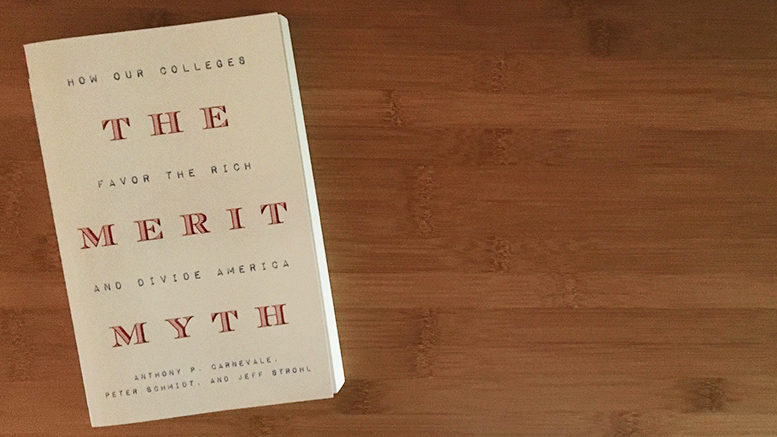Editor’s note: The following article is an excerpt from the recently published book The Merit Myth: How Our Colleges Favor the Rich and Divide America (The New Press). It is reprinted with permission.
Throughout our nation’s history, we’ve repeatedly raised the bar in defining how much education Americans need. Students are no longer assured a living wage with just a high school education. The nation needs to face the fact that people now need at least two years of college to have access to economic opportunity in a complex modern society.
It’s time to make the leap and think of two years of college the same way we once thought about four years of high school: as the minimum amount of education that all Americans should receive at government expense. We need to embark on a reform drive with the slogan “14 is the new 12.”
As a political argument, “14 is the new 12” represents a middle ground. It’s the political sweet spot between the abandoned practice of offering a vocational track in public high schools and the recent calls for free access to four years of college, which essentially ask less-advantaged segments of the population with less access to four-year colleges to subsidize the college educations of children of the upper-middle class. It eliminates the scourge of tracking because the high school degree no longer represents the final destination, and it provides an on-ramp to the bachelor’s degree. A K–14 system would make it likelier that a clear majority of Americans would be college or career ready.
This suggested policy change honors the spirit of several state-court decisions requiring public schools to provide an “adequate” education, defined as the minimum necessary to prepare students for employment and citizenship at that point in time. At least 17 states now offer tuition-free access to two-year college programs to at least some of their residents. Some municipalities have implemented similar plans. Many of these programs, however, exclude part-time or returning adult students, as well as those who cannot meet minimum academic requirements or have family incomes above a certain level.
Meanwhile, every year at least 500,000 American students graduate in the top half of their high school class without ever going on to earn a postsecondary credential. The nation misses out on a total of $400 billion in annual income that these students would have earned with a college education, representing tremendous lost potential for our economy and society. Getting policymakers to regard two years of college as essential will inspire efforts to patch the holes in our talent pipeline.





